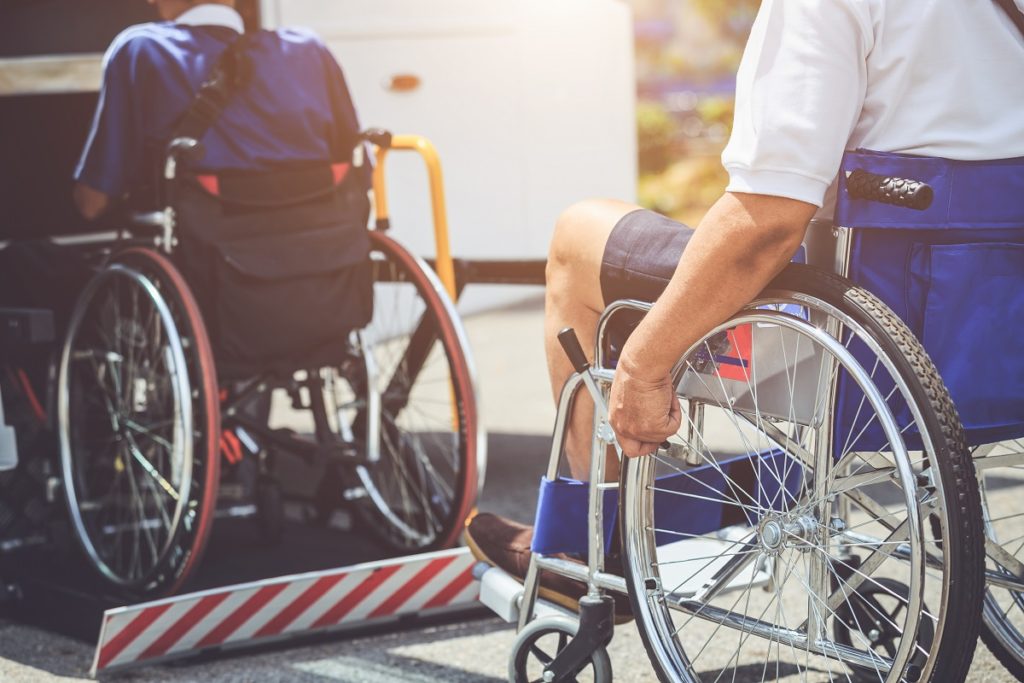Life is already tough for a person with disabilities (PWD), but it can be even more challenging if you want to take a trip or a much-deserved vacation. The good news is that with the United Nation’s recent move to promote “accessible tourism,” more countries are taking up the call to be more PWD-friendly.
Sometimes called “disabled travel” or “barrier-free travel,” this movement aims to address the issues that a PWD might expect to face when going to a different destination. When a country provides better access to PWDs, the UN awards them with the “Accessible Tourism Destination” distinction, and you can be assured that your trip to that country will be as comfortable as possible.
Here are some basic guidelines to help you plan your trip so you’ll have a comfortable, hassle-free, and enjoyable time on your vacation.
Plan Months Ahead
Spur-of-the-moment trips can indeed be fun, but for a person with particular disabilities, it could be a nightmare. Something as simple as a weekend road trip to Florida to visit Disney World would need careful planning, not to mention the hassle of traveling by plane to an international destination. You would need to make transportation and accommodation arrangements that are suited for your needs well in advance.
If Traveling by Land

The best way to take a road trip is in your adapted vehicle. You’re already used to how it rides, and it’s been fitted to accommodate all of your needs. However, this could pose a problem if you’re planning a trip with able-bodied friends. You may not have enough space to take on the whole crew in your vehicle then, and they might not be able to take you in their cars or trucks.
The next best thing (and infinitely more fun!) is to take a train. Most cross-country trains in the US can take on PWD passengers without any hassle. They have attendants trained in taking care of your needs, and seats for the disabled are often easy to reserve. Ramps can easily be fitted to train carriage entrances for wheelchairs. However, for your convenience, and if possible, for your condition, you might want to invest in lightweight foldable wheelchairs to make your trip more manageable.
If Traveling by Air
Make sure that you communicate your specific needs to the airline upon booking the tickets. Traveling by plane would take a lot more planning and consideration on your part, but when done correctly, it could be quite the experience of a lifetime.
- Increase your insurance coverage. Take advantage of the travel insurance offered by the airline, as this could cover any problems that may arise during your trip. Speak to your insurance agent as well to see if you could get better coverage for medical emergencies abroad.
- Inform the airline well beforehand of any disability aids you would need to take with you on your trip. You could probably get away with taking a walking stick with you on the plane, but a wheelchair will have to be stored elsewhere.
- Travel with a trusted caregiver. You may have chosen a barrier-free destination, but having a trusted caregiver who could anticipate your needs would still be a wise decision to make. Your friends and family could help you out in a pinch, but a caregiver who understands your condition would be of better assistance to you.
Being a PWD shouldn’t stop you from enjoying the many journeys the world has to offer. Keep in mind the above considerations, and you’ll undoubtedly make your next adventure hassle-free.
